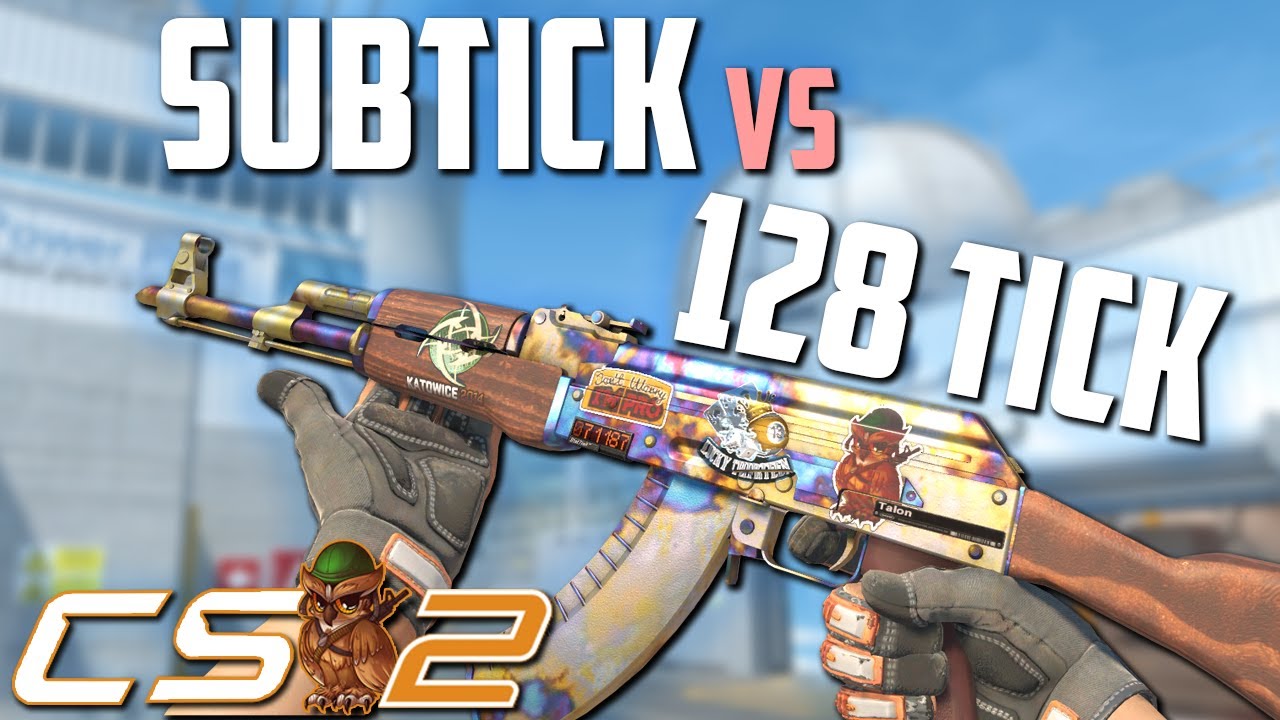Very simplistic TLDR now every action will be timestamped and when the server processes a tick it will play out the actions it receives in order and decide if any actions should be ignored, like for example if that player should have actually died before pulling the trigger.
I always thought that’s how CS:GO servers worked, but apparently not! It seems pretty obvious and a very good solution that solves all of the problems between 64 tick and 128 tick servers in the past. Valve just continues to be a pretty amazing innovator in the world of gaming, you love to see it!
But, Valve literally pick up and implement what Overwatch did and input buffering is not new as well since Rocket League used it for a long time, also partially thanks to Overwatch dev if you watch Psyonix’s GDC talk. So yeah, many game dev does innovate through out, and don’t credit everything when Valve implement what other did and maybe make other improvement along the way. That’s how everyone improve, by learning from each other.
One of the drawbacks of this system is that the client effects and the actual actions are now separated. Before you click, the next tick would happen, your input would be collected from the OS, actioned, and the effects would be triggered. Now, you click, and it’s immediately recorded into a record with its location and direction with a timestamp, the next time a tick happens the effects play. This means the input might feel a bit different due to that separation. It is possible to shoot in between renderings. So you are essentially shooting blind. This is where input might feel weird.
In CSGO if you ever catch yourself clicking that millisecond before you render, knowing that your crosshair will be on the right exact pixel in the next frame you get, and thus getting a headshot, that will now miss.
I was pretty sceptical of sub tick but I found in CS2 I was saying “bullshit” way less often than in CSGO. I’d actually hit people I aimed at rather than apparently shooting their outline on the wall behind. I also found shooting while walking isn’t completely impossible as well now. Who knows might even get back into CS once it launches.
Why can’t we have the sub tick system implemented in 128 tick servers? I assume Valve wants 64 tick servers because it’s cheaper to host, but if you want a 128 tick serve, why not combine that with sub tick for even better accuracy of events.
The events that are sub tick (not all are) aren’t more precise with 128 tick, since they are already time stamped with the exact time.
128 tick still has advantages for game feel and things like peekers advantage. Altough the latter is mostly down to each player’s ping in the match.
The 4 reason’s I’ve gathered why Valve probably doesn’t want 128 tick servers are:
- server cost
- people with slow internet
- people with slow computers
- smoke lineups are different on 128 tick vs 64 tick
The last point is really annoying with CS:GO since I have to learn different smokes and have to remember for which tickrate they are. Since the physics are calculated tick by tick, it’s difficult to make smokes the same on different tickrates.
I don’t understand anything from that video
Buncha people think they know more about programming netcode than the developers.
This video explains how the netcode is better than some people falsely claim. It’s only at the end that they want 128 tick for Premier mode, but that’s not a good idea.
Another example of a video that debunks a video which claimed CS2 had an input lag problem. [1]



